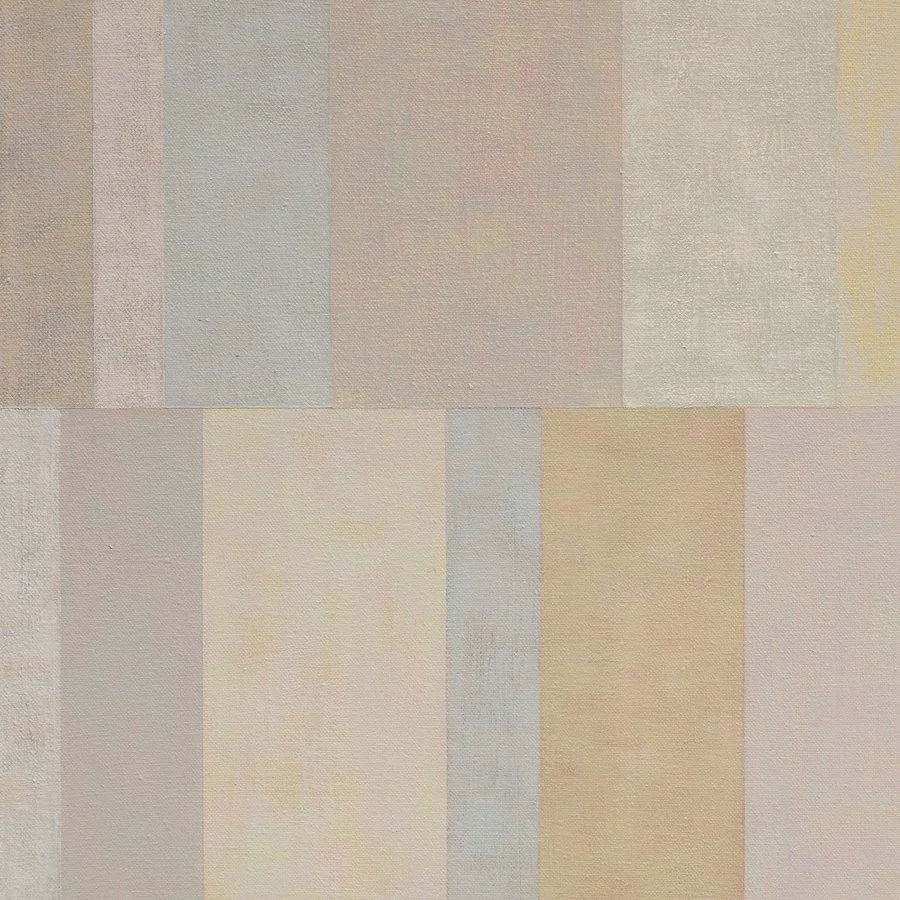 At the artist talk that I just gave to a group of artists this past Friday night, a man asked me why I didn't paint portraits of women smiling. Why did I have to make them all look so sad? Without hesitation, I responded, "Happiness bores me." Everyone laughed (I didn't mean it to be funny), and several people looked at me with an almost pitying look. Doesn't everyone want to be happy? Why not paint happiness? But for better or worse, throughout my life I have always sought interesting over happy. And just 24 hours after my artist talk, reading the last few pages of the book The Psychopath Test, I found a kindred spirit in its author, Jon Ronson:
At the artist talk that I just gave to a group of artists this past Friday night, a man asked me why I didn't paint portraits of women smiling. Why did I have to make them all look so sad? Without hesitation, I responded, "Happiness bores me." Everyone laughed (I didn't mean it to be funny), and several people looked at me with an almost pitying look. Doesn't everyone want to be happy? Why not paint happiness? But for better or worse, throughout my life I have always sought interesting over happy. And just 24 hours after my artist talk, reading the last few pages of the book The Psychopath Test, I found a kindred spirit in its author, Jon Ronson:"There is no evidence that we've been placed on this planet to be especially happy or especially normal. And in fact, our unhappiness and our strangeness, our anxieties and compulsions, those least fashionable aspects of our personalities, are quite often what lead us to do rather interesting things." (The Psychopath Test, p. 271)Happiness seems simple. Personally, I like complicated. One of my favorite quotes about the nature of art asks:
I like to think that people are similar to artworks in this way. In trying to understand others, we can only go on the clues that they may offer or reveal by way of their words, actions, appearance and deeds. Clues from happiness seem to offer little in the way of insight, and perhaps more often than not only serve to mask the more interesting flaws, struggles, fears and desires that remain hidden behind those smiling eyes. For me, happiness just seems too cozy with that equally deceptive and ever-suspicious "normal" and its nefarious kin "perfect"."How is the artist's perception unique? I don't think that when you see the most extravagant, extraordinary exhibition [...], you're really seeing the art. These are maps or charts or clues to the process that makes the art. The art is [the artist]'s perception of the world. The art is happening in [the artist]'s head. These are the maps to that art." (Arnold Glimcher, speaking at an interview with artist Louise Nevelson, quoted around minute 19:00 of the video)
Amanda Clyne, "Silver Variations No 2", oil on canvas, 2010
These curiosities lie at the core of my art. How do we connect to one another and on what basis? What do we allow others to see of ourselves? What are we sensitive enough to see in others? How much do we miss? How closely do we really look? And how do we navigate through all the fragmented and often irreconcilable clues to understand a person in all their meandering complexities? The veneer of happiness seems to offer little in the way of answers. So don't expect to see one of my paintings smiling back at you anytime soon. :-)


